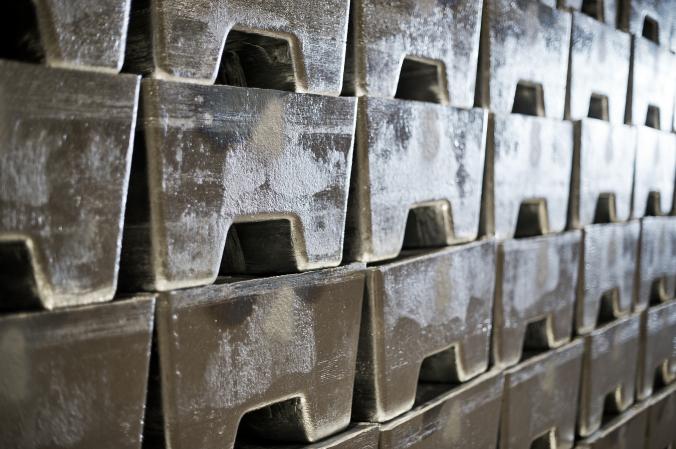Creativity Was and Still Is Needed in Teaching and R&D Projects during the Pandemic Time
The Corona virus outbreak shut down all of Häme University of applied sciences (HAMK) campuses, just as it did in other Universities. Teaching was transferred to the internet. But how were research activities continued with the tight movement restriction in place?
The shift to remote teaching happened in a few hours. On Friday 13.3.2020 regular classroom teaching was being implemented as usual, but with the recent corona outbreak on everyone’s’ minds. But at the same day all the contact lessons were cancelled to the end of the semester. Classrooms became deserted.
The jump to pure virtual-based teaching was not painless, but the staff had strong experience of teaching diverse students who studied and worked at that time.
Some students used to traditional classroom teaching and university facilities had problems with software and internet connections. Luckily many of the software developers had a “We are all in the same boat” -mentality. At the start, teachers often had to think what software would likely work for teaching virtually, but a lot of the software used got quick updates within the first few weeks. In addition to students, the teaching staff moved to a virtual environment with no major problems. So, there were some problems with teaching, but the goal was in sight.
Digital twin as a solution
Staff of universities does not only include teaching staff. The radical change also meant rethinking the means of success for research activities. To further research during these restrictions, the digital twin was taken in use in our project, Low Carbon Energy Efficiency with Micro-CHP-technology (later called as VEneCT).
The term “digital twin” tells it’s meaning quite well: a digital copy is made of a physical thing. The copy is made to simulate the parameters and components essential for its functionality as close as possible in the development environment. Digital twin is a simulation that makes it possible to test how a change to an existing one or a new functionality would affect the original.
The goal of the VEneCT-project is low carbon usage, as it is a goal in all of the research projects conducted by HAMK that involve energy efficiency. The basis of the research is that its results benefit companies and teaching in the future.
The purpose of the project is to resolve how electricity can be produced on a small scale with waste energy including the possibility of utilizing the waste energy produced by burning process. The research is conducted using a physical construct that utilizes a “hybrid module” of generating and storing energy. Different types of energy-generating possibilities are tested. The construct has been installed with a control system that determines what energy source is the most cost efficient. The possible energy sources are solar heating, solar panels and heating bio-boiler. Different storage methods of heat energy are also being explored. Testing is being done on different phase change materials in addition to water to enable larger amounts of heat energy storage. In addition to the hybrid module creating data, the construct itself could be an energy source.
Corona virus sped up the development process
When teaching moved to a virtual environment with a fast pace, the research personnel also started working from home as much as possible. The continuation of the VEneCT-research project with a great start became a challenge.
The hybrid module is controlled with touch-screen control panel, which is situated inside the building. Remote access to collected data has been a goal from the very start, but remote control of the system was not part of the written down objectives of the project. The idea had been brought up at the start of the year before the pandemic, but there had not been any active development on it. Closing of the campus changed the situation totally.
The size of the hybrid module building is 18 square meters. Tight pandemic security measures allow for only one person to enter the building. Because of the complicity of its interior design, even careful cleaning practices cannot guarantee the safety off the staff. Staff access was limited so that there had to be a three-day gap between access of different staff members. So, the research activities could not be continued in a realistic way.
Special attention to data security
When designing the remote control, special attention had to be paid to data security, emphasizes research assistant Duong Truong. Control cannot be performed from home computers or home network connections; it can only take place in a secure network of HAMK. Thus, the researchers had to physically come to campus, but since there was no contact teaching, there was plenty of room on campus to operate without any kind of close contact.
A digital twin was built for the control system of the hybrid module. It is now possible to both monitor and control activities remotely. A key part of the digital twin’s operations is reporting. The digital twin’s interface (picture 1) provides real-time information on process status and, for example, temperature changes, water flows, and electricity production.
Digital twin came to stay
The digital twin changed the way to operate and came to stay. It will be used in the future, when physical presence requiring burn tests are not being performed. Everything else can be done virtually.
At the moment, virtual learning and work will continue. Changing circumstances forced – and will force - us to search new solutions in teaching and research; the digital twin is a good example of this. Ending research and development cannot be afforded.
Lea Mustonen, Senior Lecturer (Communications), School of Technology, Häme University of Applied Sciences (HAMK),
Susan Heikkilä, Senior Lecturer, Electrical and Automation Engineering study programme, Häme University of Applied Sciences (HAMK)
Project Infromation
VEneCT i.e. Low Carbon Energy Efficiency using Micro-CHP-technology. An EU project funded by the Pirkanmaa Association integrates electricity generation using waste heat from the combustion process. (CHP, combined heat and power)










